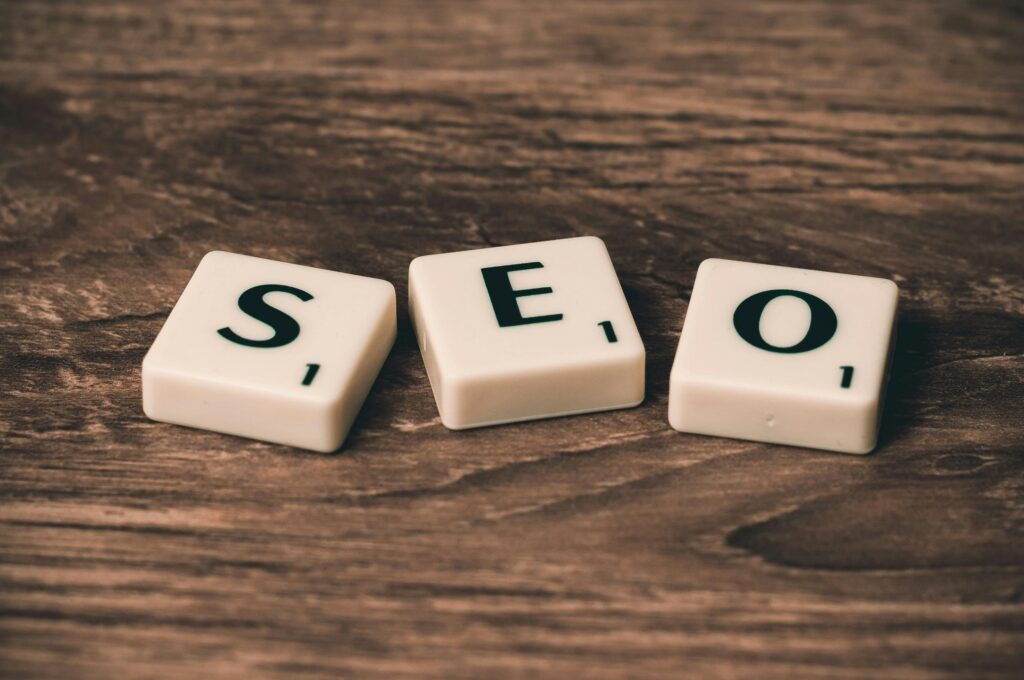If you’re serious about ranking higher on Google, you’re probably focusing on things like keywords, backlinks, and high-quality content. But one often-overlooked factor that plays a huge role in SEO is your website’s HTML structure.
Search engines don’t just read your content like a human does—they rely on HTML tags to understand what your page is about. The way you structure your site can make a big difference in how well it ranks, how easy it is to navigate, and even whether it appears in rich search results.
In this post, I’ll walk you through the most important HTML tags for SEO, explain why they matter, and show you how to use them properly. Whether you’re building your site from scratch or just looking to improve your existing setup, this guide will help you get the most out of your HTML.
The Most Important HTML Tags for SEO
1. The Title Tag (<title>)
Your title tag is one of the most important SEO elements on your page. It’s what shows up in search engine results and browser tabs, and it tells both Google and users what your page is about.
How to Write a Great Title Tag:
- Keep it under 60 characters so it doesn’t get cut off in search results.
- Include your primary keyword as close to the beginning as possible.
- Make it unique for every page on your site.
Example:
<title>How to Improve Your SEO in 2024 | My Website</title>
2. The Meta Description (<meta name="description">)
Your meta description doesn’t directly affect rankings, but it plays a big role in click-through rates (CTR). A well-written description can make the difference between someone clicking on your site or scrolling past it.
Best Practices for Meta Descriptions:
- Keep it under 160 characters so it fits in search results.
- Use clear, compelling language that makes people want to click.
- Include your primary keyword, but write naturally.
Example:
<meta name="description" content="Learn the best SEO strategies to boost your Google rankings and drive more traffic to your site.">
3. Heading Tags (<h1> - <h6>)
Heading tags help structure your content and make it easier for search engines to understand. They also improve readability for users, which is another SEO ranking factor.
How to Use Headings Effectively:
- Use only one
<h1>per page—this should be your main title. - Use
<h2>for major sections and<h3>for sub-sections. - Include relevant keywords naturally, but don’t force them in.
Example:
<h1>The Ultimate Guide to SEO</h1>
<h2>1. Keyword Research</h2>
<h3>1.1 Finding the Right Keywords</h3>
4. Image Alt Text (<img alt="">)
Google can’t “see” images the way humans can, so it relies on alt text to understand what an image is about. Properly using alt text can improve image SEO and also makes your site more accessible for visually impaired users.
How to Write Good Alt Text:
- Describe the content of the image clearly and concisely.
- Include keywords where relevant, but don’t overdo it.
- Avoid using generic phrases like
"image123.jpg"—be specific.
Example:
<img src="seo-checklist.jpg" alt="SEO checklist for improving website rankings">
5. The Canonical Tag (<link rel="canonical">)
If you have similar content on multiple pages, Google might see it as duplicate content—which can hurt your rankings. A canonical tag tells search engines which version of the page is the “official” one.
When to Use a Canonical Tag:
- If you have multiple pages with similar content, like product pages with different URLs.
- If you repost content from another site or share your own content across different platforms.
Example:
<link rel="canonical" href="https://example.com/seo-guide">
Why Semantic HTML Tags Matter for SEO
Beyond the key SEO-specific tags, using semantic HTML helps search engines understand the structure of your content.
Search engines prioritize well-structured, easy-to-read websites, and semantic tags make a big difference.
Important Semantic HTML Tags for SEO:
| Tag | Purpose | Why It Matters for SEO |
|---|---|---|
<main> | Wraps the main content of the page | Helps Google focus on the most important content |
<article> | Used for blog posts, product pages, or standalone content | Helps Google understand what content is independent |
<section> | Groups related content on a page | Improves readability and keyword relevance |
<header> | Contains the page’s main heading and navigation | Helps organize page structure for search engines |
<nav> | Defines navigation menus | Improves site crawlability |
<aside> | Holds related content (like a sidebar) | Helps distinguish primary vs. secondary content |
<footer> | Contains site-wide info and links | Helps with internal linking and authority |
How to Use Semantic HTML in Your Website
If you want to improve your SEO with better HTML structure, here’s an example of a properly structured page using semantic tags:
<header>
<h1>SEO Strategies That Actually Work</h1>
<nav>
<a href="/">Home</a>
<a href="/blog">Blog</a>
<a href="/contact">Contact</a>
</nav>
</header>
<main>
<article>
<h2>Why SEO Matters for Your Business</h2>
<p>SEO helps your website rank higher on search engines...</p>
</article>
</main>
<aside>
<h3>Related Articles</h3>
<ul>
<li><a href="/seo-trends">Latest SEO Trends</a></li>
<li><a href="/keyword-research">How to Do Keyword Research</a></li>
</ul>
</aside>
<footer>
<p>© 2024 Your Website Name | <a href="/privacy-policy">Privacy Policy</a></p>
</footer>
Want to Make Sure Your Website is SEO-Friendly?
SEO isn’t just about content and backlinks—it’s also about how your site is structured behind the scenes.
If you’re not sure whether your site is optimized for SEO, or if you need a new website built with SEO best practices from the start, I can help.
I specialize in:
✔ SEO-optimized web development
✔ Fast, mobile-friendly website builds
✔ WordPress and custom website solutions
Let’s build a website that ranks higher, loads faster, and converts better!
